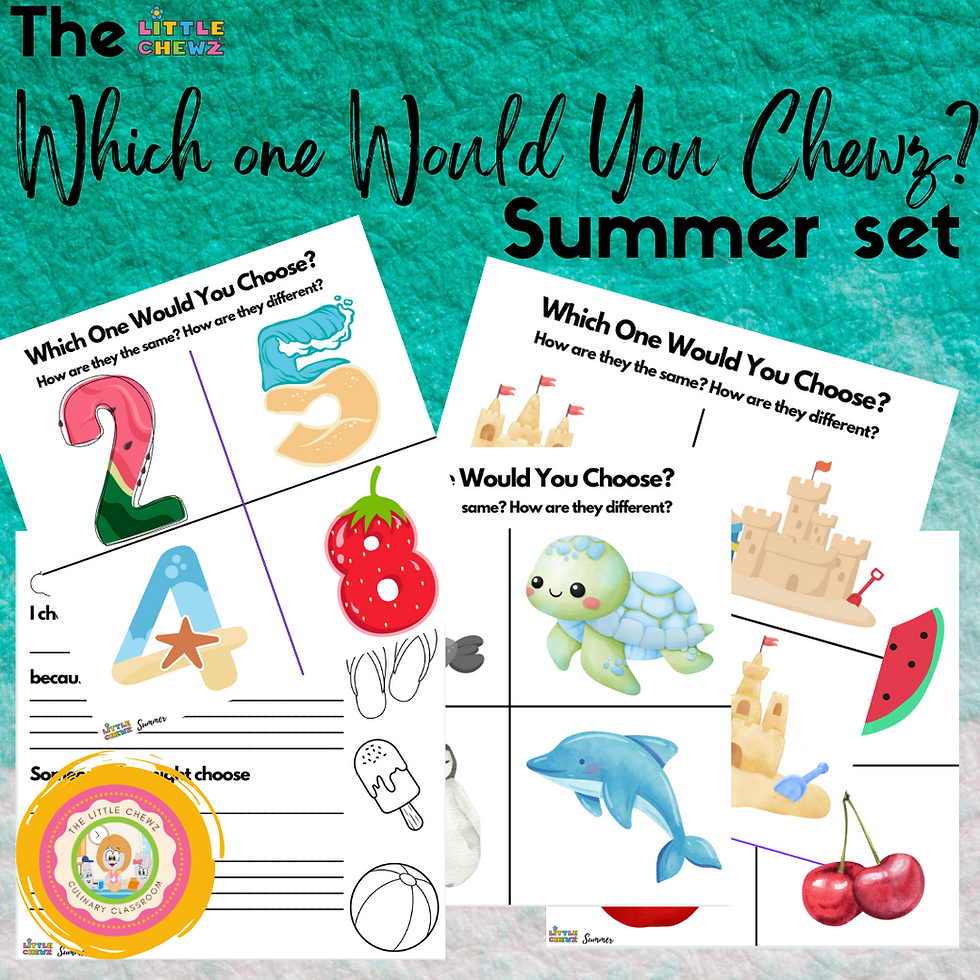Food as the First Language of Belonging
- Little Chewz

- Sep 28
- 3 min read
Before we share words, we share food.

When I say “come, eat,” I am offering more than nourishment. I am offering a welcome. In many communities, the most powerful first act of belonging is not spoken, but rather, it is tasted, smelled, passed from hand to hand, and eaten together. Before we speak, before we claim identity in language, we share food.

The Social Grammar of Food
Across cultures and generations, food functions as identity, memory, and connection. In multicultural societies, the foods we bring to a shared table act as both boundary and bridge: they distinguish who we are, while inviting others into our stories. Reddy et al. (2020) argue that in diverse societies, food practices build this wonderful sense of individual and collective identity and are central to how people position themselves socially.
Communal eating is more than symbolic, it becomes a form of intergenerational and emotional support. Food becomes a medium in which silence, memory, and presence are explored (Rokach, 2020). The simple act of sharing food, and food knowledge builds trust, reciprocity, and resilience in communities. Food is the language of belonging, sometimes it's the first language. This is especially important in times when language; speaking, reading and writing, don't come as easily. Food can offer this bridge, possibly reducing linguistic insecurity.
As I create Food-Based SEL kits for the classroom, I consider food's role and the very important ties food has in building relationships. What if every meal could teach belonging? What if a single recipe could build courage, empathy, or gratitude? This year, I am sharing ten Food-Based SEL kits, one for each month of the school year, where every recipe becomes a story, every story becomes a lesson, and every lesson helps kids feel seen, safe, and connected. Here are 3 ways you can get started in the classroom today in merging food and literacy.
3 Ways to Use Food as the First Language of Belonging

1. Begin with a “Taste of Home” circle. Invite students (or families) to bring or describe a food that feels like home. Encourage them to share where it comes from, who makes it, and how it makes them feel. Before anyone shares words in a new language, they share a sensory story, one that instantly builds empathy and inclusion. When students share foods from home, they’re exploring where they come from and the emotional terrain that ties them to others, just as Ranger Apple would.

2. Add recipe reflections to language learning. When exploring new vocabulary or sentence structures, use recipes as gentle prompts. Ask: "What does this ingredient remind you of?" or "How would you describe its flavor in another language?" This simple bridge connects food literacy and linguistic confidence, reducing the fear of “getting it wrong.” Recipe reflections allow students to decode sensory language and build confidence expressing ideas, a key missing factor in linguistic insecurity. Detective Banana reminds us that there’s beauty in searching for the right words, not just finding them.














Comments